 Maths for Map Makers2nd edition by Arthur Allan
Maths for Map Makers2nd edition by Arthur Allan Published by
Published by
Whittles Publishing,
Dunbeath,
Caithness,
KW6 6EG,
Scotland, UK www.whittlespublishing.com 2004 A.L. Allan
First edition 1997
Reprinted 2011, 2014, 2018 ISBN 978-1870325-99-8 All rights reserved.
No part of this publication may be reproduced,
stored in a retrieval system, or transmitted,
in any form or by any means, electronic,
mechanical, recording or otherwise
without prior permission of the publishers.Preface This book is intended to help students to understand the elementary mathematics involved in map making. Such students may know very little mathematics and its notation, or they may be quite competent but ignorant of some requisite topics no longer treated in secondary school syllabuses, or they may simply require to brush up previous knowledge. The first five chapters adopt an elementary approach in which no previous knowledge of the subject is assumed: the text then progresses to give the student a sufficient level of understanding to cope with most topics confronting the map maker, and finally it seeks to lead readers to a level of understanding which will enable them to make full use of the wide range of more traditional textbooks available on the market and to understand the various articles to be found in technical journals. The assumption is made that the reader is already motivated and is prepared to work hard to carry out the exercises suggested. There are no quirky examples to test the readers abstract reasoning powers, such as one finds in traditional text books and examination questions.
If the concept is relevant, it is explained. A large number of worked exercises is given for the reader to perform as they arise.The experience so gained is vital for an understanding of the next stage in the argument. To provide some means of self testing, lists of keywords and formulae are given at the end of each chapter. It is assumed that a hand calculator is available. Access to computer spreadsheets, though encouraged, is not essential, except for the new where it is impracticable to carry out all but the simplest of calculations by hand. Even spreadsheets have their limitations here.
Algorithmic forms of formulae are discussed, and computer applications are never far from sight. The selection of topics and the level of treatment have been severely restricted to contain the size of the book within reasonable limits, and to avoid confusing the beginner with too much detail. It is also hoped that some readers may become so keen on mathematics that they will be able to cope with the rigour required by more advanced texts, some of which are listed in the reference section. The material is arranged with careful cross-references. Initially basic mathematical topics and concepts are presented in a problem-oriented manner: that is, in the logical sequence which arises in dealing with the making of a map or other graphic product, such as a three-dimensional visualisation. In this way it is hoped to make clear the purposes and relevance of each topic, and to maintain the interest of the reader.
To assist the visualisation of three-dimensional problems, the use of paper or other models is strongly advocated, because experience shows them to be effective with beginners. Strangely enough, once the ability to visualise three-dimensional objects has been acquired, physical models are no longer required and conventional drawings serve adequately. Where possible the mathematical notation used in the book follows that of the pamphlet, Formulae for Advanced Mathematics with Statistical Tables published by the Cambridge University Press for the Schools Mathematics Project. References listed at the end of the book are those I have found useful. Because texts for further reading are continually appearing, I feel it would be invidious to select some to the exclusion of others. Arthur AllanAcknowledgements I am indebted to many people for assistance and encouragement with this book. Arthur AllanAcknowledgements I am indebted to many people for assistance and encouragement with this book.
My former students were particularly influential in suggesting the need for the book in the first place and for fashioning my approach to the text. Although some specific names come to mind, it would be invidious to mention some and not others. Many graduates in geography, archaeology and geology often struggled with the mathematics needed to become surveyors and cartographers. For their collective role in stimulating me with questions, comments and criticisms, spread over the years, I express my grateful appreciation. Professor Ian Harley, of University College London, has given me much assistance with the intricacies of word-processing and its attendant software. He has also given some technical advice and encouragement about detailed aspects of the text, especially with .
I am most grateful to Dr R. Graham, Mr J.R. Smith and Dr L. Brooks for reading much of the text in its draft form and for their many constructive suggestions. The latter two also checked many of the arithmetic exercises. Professor M.A.R.
Cooper made some helpful early suggestions about the layout and content, and Mrs Margaret Tomlinson made some useful comments on the initial chapters of the book. I also owe a great debt to the authors of the texts which I have cited as references, and to all other authors not mentioned by name, who have assisted my understanding in some way. I am also indebted to the publisher Keith Whittles for his efficient and cordial support in converting the draft to its final form and to J.R.Smith for proof reading Chapters 1-12. In compiling the new I received helpful advice from Professor P.A. Cross and Dr J.C.Iliffe, both of University College London, and from Mr N.Atkinson to whom I convey my gratitude. Whilst I acknowledge assistance from many named and unnamed persons, I accept full responsibility for the text, and trust that any criticisms will be directed in my direction only.
Inevitably some errors will have crept into the text for which I apologise in advance. I hope that I can be informed of them for future use in any reprint or errata sheet. The new has been inserted in response to pleas from several reviewers of the first edition to whom I am grateful for their considered advice A.L. AllanContentsHow to use this book The beginner is invited to read in strict order, and to carry out the exercises also in strict order, before moving on to a new topic. A small calculator is required for most exercises. At the end of each chapter a list of key words is given so that the reader can reflect on their meanings to see if they are properly understood before proceeding further.
If in doubt at any stage return to the text and repeat the work. A list of formulae is also given, in development order, at the end of each chapter. These formulae are all recast as an index at the back of the book, with the order changed to suit ready access to the text. Many users will use this mode of entry if the book is to serve as a refresher course. Key paragraphs are numbered in sequence for cross-reference. Each exercise is numbered within these main paragraphs and indicated by the graphic shown below.
A complete reference to an exercise requires both numbers, for example. 4.6 Exercise 6. All key equations and formulae are numbered within braces uniquely throughout the book. Thus, formula 6 of is labelled (1.6). References are given towards the end of the book.
Next page
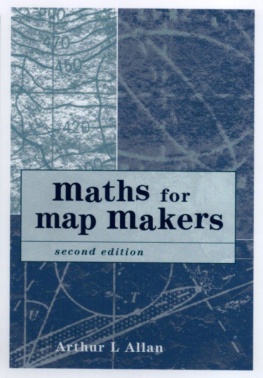
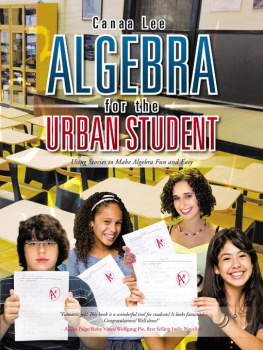

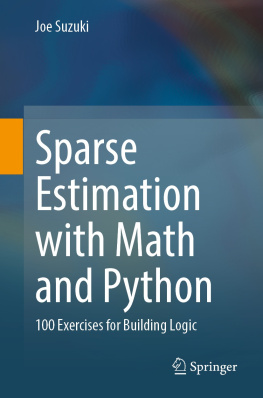
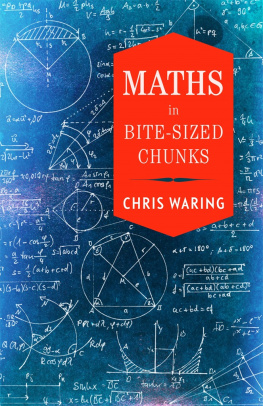

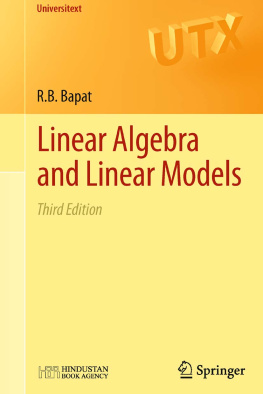
 Maths for Map Makers2nd edition by Arthur Allan
Maths for Map Makers2nd edition by Arthur Allan Published by
Published by